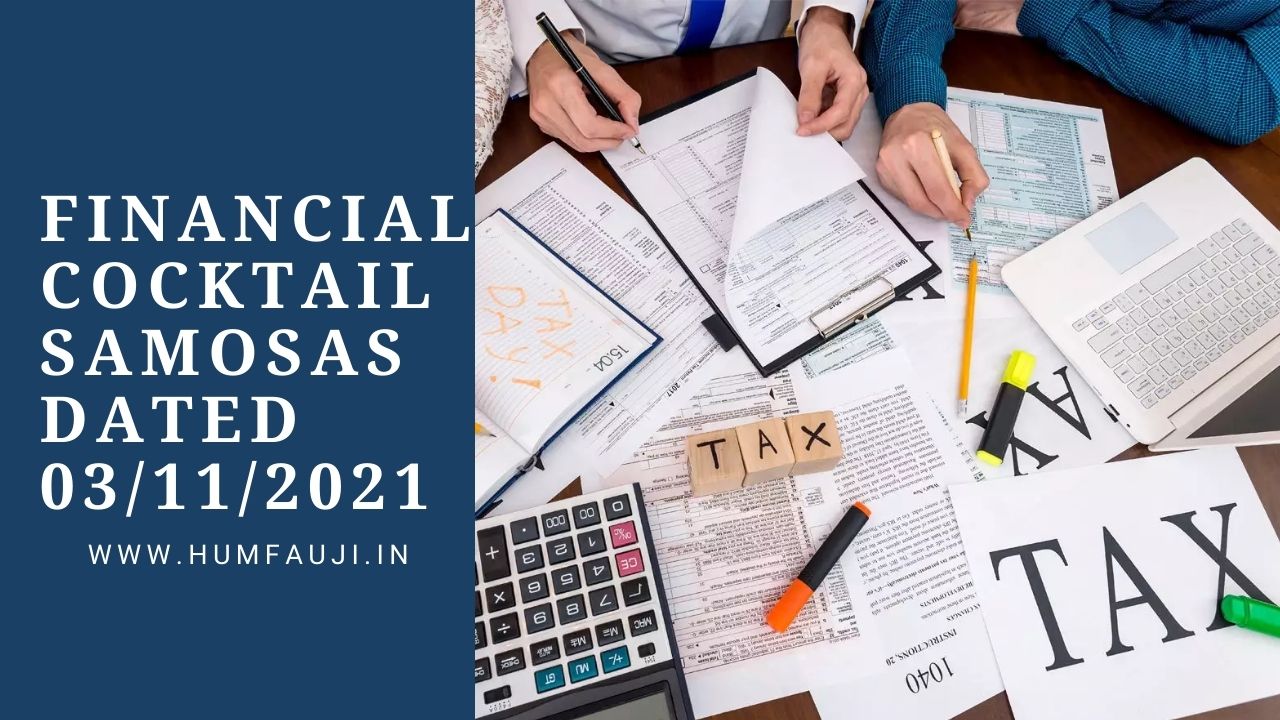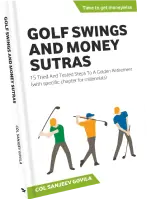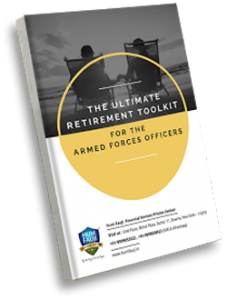AIS (Annual Information Statement) – an initiative by Income Tax Dept
There is an existing statement called ‘Form 26AS’ which gives out details of all taxes deducted for a tax assessee during a financial year. The IT Dept has now introduced a much more elaborate statement called AIS which has many more details included – like Savings Bank Interest, all Mutual Fund transactions during the year etc.
So, an assessee will now get both 26AS and AIS statements. You will find it much easier to know and submit details while filing your Income Tax returns (ITR). It also indicates that the IT Department knows all your financial transactions and many more details about transactions done by you than you thought they knew!
How to access your AIS?
- a) Log in to your Income Tax account at http://incometax.gov.in
- b) Go to Services Tab. Last option in this tab is the AIS option.
- c) The AIS Option will open a new tab with two options: 1) Left side – Tax Information Summary (TIS) and 2) Right side – AIS. TIS is a summary while AIS is the detailed statement. You can download both. When you download, you get a pdf statement (there is jpeg option also, but pdf is more useful). The pdf is password protected with PAN Number (in CAPITALs) + Date of Birth (DDMMYYYY).
AIS will capture all financial transactions of the previous year like Stocks, Insurance, Credit Cards, Purchase of property, Mutual Funds, Salary or Business income, Dividends, Interest on SB A/c and Deposits, etc. This list is just indicative. It gives out your overall financial profile and will be fine-tuned as the time passes to include more categories.
Why ELSS (tax saving mutual funds) are better 80C tax saving investments than others?
Only a few months left to make tax savings investments for the financial year 2021-22. Tax savings investments not only help you save taxes but also help you build corpus for future goals. This is why it is very important to look at every aspect of any tax saving product before investing into it. Ideally, tax savings should be incidental and not the primary factor to choose a product.
While you can save tax under IT Section 80C (max limit Rs 1.5 Lakhs) by investing in lots of instruments, if you wish to have the best combinations of tax saving, small lock-in period, good prospects of capital appreciation, facility to also contribute in small monthly amounts to make up to the Rs 1.5 Lakhs in the year, continue it beyond the lock-in for as long as you want, withdraw any amount that you wish after the 3-year lock-in, and best of all, very low tax when you withdraw the money with a tax saving of up to 66%, ELSS probably have no match.
On the flip side, ELSS invest in equity and hence subject to gyrations of the stock markets. But then the 3-year lock-in also ensures that a long-term view of the investments is ab initio taken, which is how equity is supposed to work.
The Secret of Money – How much is enough?
(Really a Whatsapp forward…)
The tragedy dates to 1859, when around 450 passengers on the Royal Charter, returning from the Australian goldmines to England, drowned when their ship was wrecked off the north coast of Wales.
What caused this shipwreck?
Well, many of those on board were weighed down by the gold in their money belts that they just wouldn’t abandon so close to home and that led to their drowning.
You see, most of us, most of the time, would agree with this statement attributed to actress Mae West – “I’ve been rich, and I’ve been poor. And, believe me, rich is better.”
But there comes a point when we have achieved a comfortable, sometimes, way more, standard of living and yet we continue to strive for more stuff.
And why?
The reason could be found in what the father of modern economics Adam Smith wrote in 1759 – “The rich man glories in his riches because he feels that they naturally draw upon him the attention of the world.”
So, not only does material wealth make for a more comfortable life, but we also derive satisfaction from the perceived admiration of others.
And not just that, we come to know ourselves by the things we possess, including money.
Maybe this is why ‘Mine!’ is one of the common words used by pre-schoolers, and a large number of conflicts in playschools are over the possession of toys.
It actually starts that early!
Ruskin Bond wrote this in ‘A Book of Simple Living’ –”If you owe nothing, you are rich.”
The secret, then, is to have as much as you need – or maybe a little more, and then share what you have.
We need to realise that our lives are not defined by what we possess but by what we pursue.
History has ample proof that it is not what people like Alexander and Hitler have tried to possess but what people like Mother Teresa and Gandhi pursued that brought meaning to their lives and to those around them.
The idea then is to find an answer, and it may be different for each individual, to the everlasting question,
“How much is enough?”
Find your answer and stay blessed forever.



